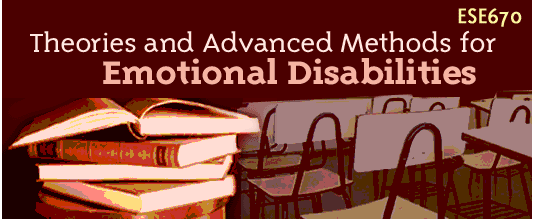
 |
|||||
| |
|
|
|
|
|
While I was completing my teaching degree, I chose an internship at the Arizona State Hospital as a way of supporting myself. I was excited and a little panicky. It always fascinated me, probably an obvious observation since I pursued a doctorate in psychology and am a board certified psychologist in Arizona.
What would I find? Would I be safe? Who got locked away from society, and what would they be like? Would they be humane?
Every day was full of learning. The first thing I received was a key to get into the fence closest to my unit. I asked if that was a security risk. “No,” I was told. The place is actually locked to keep people on the outside from getting in and hurting the patients. It also gives everyone a sense of structure, keeps the unexpected at a minimum, reduces the chance that someone will wander off without realizing it and get hurt or taken advantage of.”
That was a novel idea! I thought we were afraid of them and locked them up. It turns out, these are very fragile folks for the most part, who need protection, support, structure and care to have a good life.
Definition Of Emotionally Disturbed -
#1 When a student exhibits behaviors that might appear to show emotional disturbance,
we can use the definition from IDEA ‘97 to decide if the behaviors
warrant the distinction of Emotionally Disturbed. The term means a condition
exhibiting one or more of the following characteristics over a long time
and to a marked degree that adversely affects a student's educational performance.
An inability to learn that cannot be explained by intellectual, sensory or
other health factors.
An inability to build or maintain satisfactory interpersonal relationships
with peers and teachers.
Inappropriate types of behavior or feelings under normal circumstances.
A general pervasive mood of unhappiness or depression.
A tendency to develop physical symptoms or fears associated with personal or
school problems.
Schizophrenia is also included as part of the definition.
The Mental Health and Special Education Coalition states –
A. The term emotional or behavioral disorder means a a disability that is .
. .
(i) characterized by behavioral or emotional responses in school programs so
different from appropriate age, cultural or ethnic norms that the responses
adversely affect educational performance, including academic, social, vocational
or personal skills;
(ii) more than a temporary, expected response to stressful events in the environment;
(iii) consistently exhibited in two different settings, at least one of which
is school-related; and
(iv) unresponsive to direct intervention applied in general education, or the
condition of a child such that general education interventions would be insufficient
B. The term includes such a disability that coexists with other disabilities.
C. The term includes a schizophrenic disorder, affective disorder, anxiety
disorder or other sustained disorder of conduct or adjustment, affecting a
child if the disorder affects educational performance ....from Individuals
with Disabilities Education Law Report, 1993,p.1)